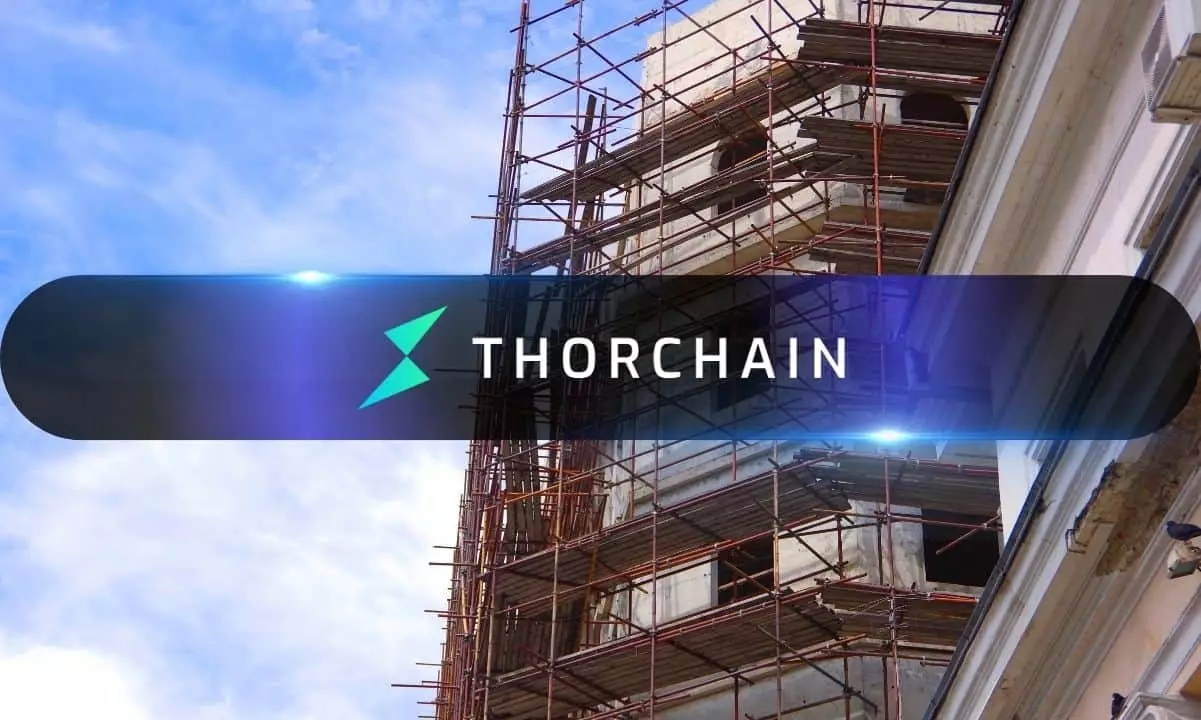THORChain, known for its innovative approach to cross-chain liquidity, has found itself grappling with a significant financial challenge that totals nearly $200 million in outstanding debts. In light of these troubling figures, the governance body has ratified Proposal 6, a strategic initiative aimed at reshaping the protocol’s financial landscape and restoring stability. This restructuring comes after a tumultuous period that included the temporary suspension of THORFi services, a crucial offering within THORChain’s ecosystem, leading to increased scrutiny from stakeholders.
Transforming Debt into Opportunities
The essence of Proposal 6 lies in converting existing debts into Thorchain Yield (TCY) equity tokens, a move intended to alleviate the financial strain without resorting to traditional private fundraising methods. A notable aspect of this initiative is the minting of 200 million TCY tokens, designed to be allocated to users impacted by the defaulted debts. Each affected individual will receive one TCY token for every dollar owed, alongside the added benefit of receiving 10% of protocol fees for an indefinite duration. This arrangement not only promises to incentivize liquidity providers but also serves as a mechanism to align the financial interests across the entire THORChain ecosystem.
Strategic Financial Maneuvers
Accompanying the transition to TCY equity tokens is a plan to establish a RUNE/TCY liquidity pool set at an introductory price of $0.10 per TCY. With an infusion of $5 million from the treasury for strategic token buybacks, THORChain aims to bolster price stability and facilitate a healthier price discovery process. Furthermore, the introduction of Liquidity Nodes aims to maximize capital efficiency while minimizing the lost fees incurred during this restructuring phase. Such measures are crucial, as they aim to bolster governance participation among liquidity providers, ensuring a more democratized decision-making process within the network.
The restructuring process was catalyzed by the community’s response to the adverse conditions initiated by the debt crisis. Following the suspension of THORFi on January 23rd, a dedicated effort ensued as community members proposed eight independent restructuring plans, all of which were methodically reviewed and voted upon by Node Operators. This communal approach underscores the ethos of decentralized governance, illustrating how collective decision-making can foster resilience in the face of adversity.
Despite the strategic efforts detailed in Proposal 6, THORChain’s native token, RUNE, has experienced a challenging trajectory. Following the suspension of THORFi services, the value of RUNE plummeted, losing nearly 80% of its value in a month and trading at around $1.21. While there are subtle signs suggesting a potential recovery, the overall sentiment remains cautious. The long-term success of THORChain’s recovery initiatives will likely hinge on effective execution of the restructuring plan and the corresponding response from the broader community and market participants.
While the road ahead may be fraught with challenges, THORChain’s innovative strategies present a blueprint for addressing the present crisis, fostering community involvement, and potentially paving the way for a more sustainable future. As the protocol navigates these turbulent waters, stakeholders will keenly observe its progress, with hopes that these plans will yield positive results in the long run.

